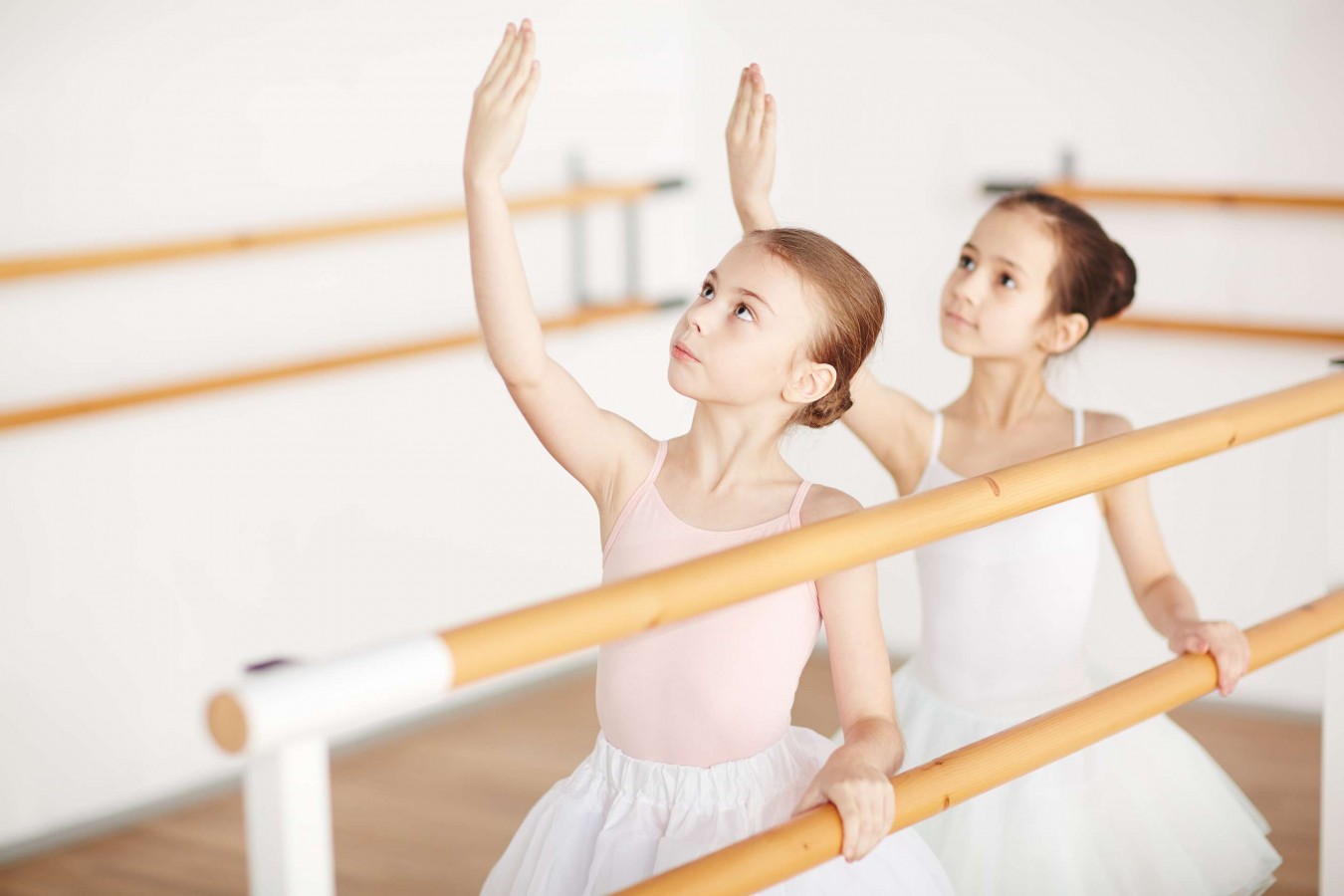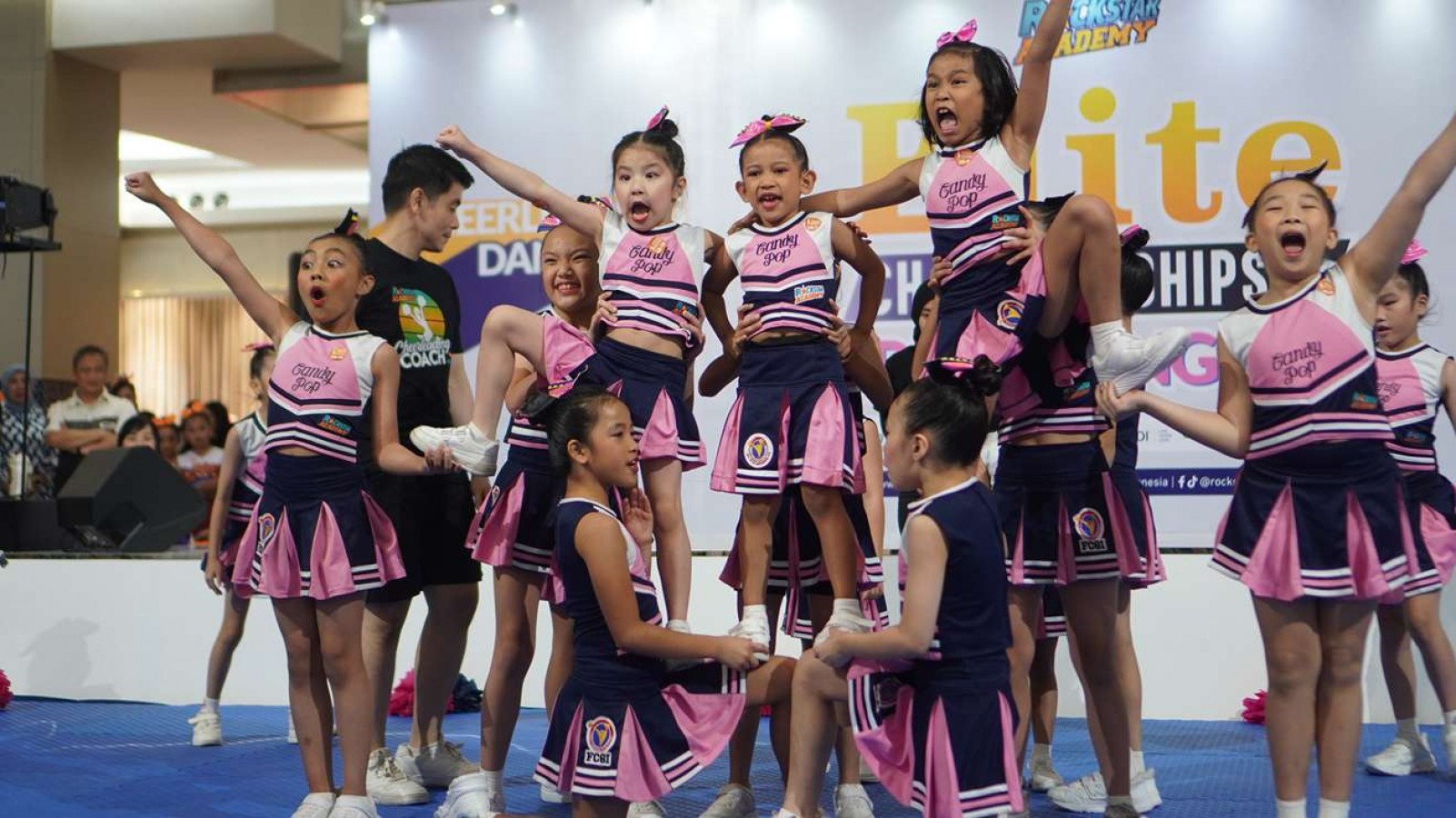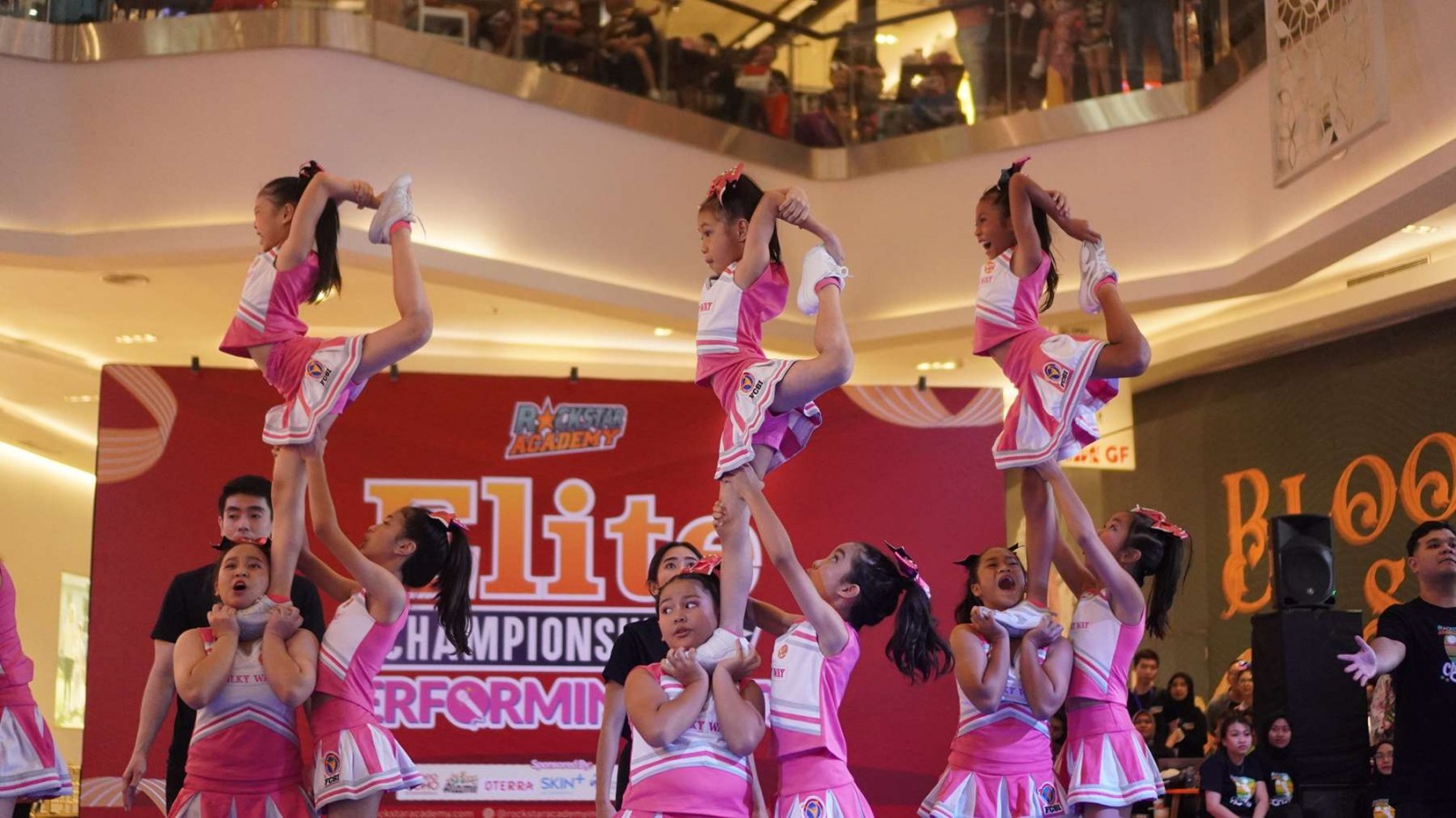10 Foundational Ballet Moves for Beginners

Ballet, with its grace, precision, and poise, has enchanted audiences for centuries. It's a dance form that demands both strength and flexibility, and mastering its foundational moves is essential for any aspiring dancer.
Whether you're a novice or someone looking to refine your skills, here are 10 foundational ballet moves for beginners that form the building blocks of this elegant dance discipline.
10 Foundational Ballet Moves for Beginners
In the enchanting world of ballet, mastering the art begins with a solid foundation. Foundational Ballet Moves for Beginners serve as the cornerstone of a dancer's journey, providing the essential building blocks necessary to ace the intricate and graceful skills that define ballet. Here are 10 foundational ballet moves for beginners:
1. Plié (Plee-ay)
Plié, meaning "to bend" in French, is a fundamental movement in ballet that involves bending the knees while keeping the heels on the ground. There are two types of plié: demi-plié, where the dancer bends halfway, and grand plié, where the knees bend fully. Pliés help develop strength in the legs and core while teaching proper alignment and posture.
2. Jetés (Zhuh-tay)
Jetés, or "throwing" steps, are jumps that involve a quick transfer of weight from one foot to the other. A common jeté is the sauté, where a dancer jumps from both feet and lands on both feet, emphasizing lightness and control. Jetés contribute to the dancer's ability to move with fluidity and grace.
3. Fondus (Fawn-dew)
Fondus involves bending and stretching the supporting leg while the working leg undergoes a slow and controlled movement. This ballet move helps strengthen the muscles and improve flexibility in the ankles. Fondus are crucial for developing the smooth, controlled leg movements essential for many ballet routines.
4. Développés (Dayv-law-PAY)
Développés involve unfolding the leg from a bent position to a straight one. This move focuses on control, strength, and flexibility, requiring dancers to extend their working leg with precision while maintaining proper alignment. Développés are integral for achieving the long lines and extensions associated with classical ballet.
5. Sautés (Soh-TAY)
Sautés are jumps that require the dancer to spring into the air, landing with a controlled plié. These jumps help develop strength in the legs and feet while emphasizing the importance of a soft landing. Sautés are foundational for more advanced jumps and leaps commonly seen in classical ballet performances.
6. Arabesque (Ah-ra-BESK)
Arabesque is a pose where a dancer stands on one leg while extending the other leg behind them. This elegant and iconic position showcases the dancer's strength, balance, and flexibility. Arabesques come in various forms, such as arabesque à terre (on the ground) or arabesque en l'air (in the air).
7. Attitude (Ah-tee-TUDE)
Similar to arabesque, attitude is a pose where a dancer stands on one leg while lifting and bending the other leg. The working leg is typically raised to the front, side, or back, creating a stylized and expressive position. Mastering this ballet move requires a combination of strength and control.
8. Chassé (Sha-SAY)
Chassé means "to chase" in French and is a traveling step where one foot "chases" the other. This ballet move involves a quick sliding step, often used to transition from one position to another. Chassé is crucial for developing speed, agility, and the ability to seamlessly connect different steps in a dance sequence.
9. Tendu (Tahn-DU)
Tendu, meaning "stretched" in French, is a basic exercise where the foot slides along the floor until only the toes remain in contact. This move helps improve foot articulation, strength, and flexibility. Tendus are often used in combination with other steps to create intricate and dynamic sequences.
10. Port de Bras (Pawr duh brah)
Port de bras refers to the movement of the arms. It involves coordinating the arms with other body movements to create a harmonious and expressive flow. Ballet places great emphasis on the fluidity and grace of the arms, and port de bras is essential for conveying emotion and storytelling through dance.
Want To Improve Your Ballet Move Skills?
Mastering these 10 foundational ballet moves for beginners lays the groundwork for a strong and graceful dance journey. Whether you aspire to become a professional dancer or simply enjoy the beauty of ballet, these fundamental steps will help you develop the strength, flexibility, and control essential for this timeless art form.
If your children have expressed an interest in ballet, supporting their passion by enrolling them in a certified ballet class is a wonderful way to nurture their love for this elegant art form. Choosing a reputable academy is crucial, and Rockstar Academy stands out as the best Sports & Performing Arts Academy offering a range of physical activity programs, including top-notch ballet programs.
The academy provides a structured curriculum that includes RAD Ballet Testing, allowing students to undergo assessments and progress through levels with enhanced skills and techniques.
Additionally, the program also provides The Ballet & Contemporary Dance Recital, a delightful showcase of classical music, unique choreography, and dazzling costumes, offering young performers a chance to shine on stage.
For those considering this exciting journey, Rockstar Academy offers a free trial class – don't miss the chance to embark on this graceful and empowering adventure. To explore further, contact Rockstar Academy and pave the way for your child's ballet dreams to flourish.
FAQs
1. How often should a beginner practice these foundational ballet moves?
Consistency is key. Aim for at least three to four ballet sessions per week to build strength, flexibility, and muscle memory.
2. Are ballet moves only for aspiring professional dancers?
No, ballet can be enjoyed by anyone of any age or skill level. It provides a great workout, improves posture, and enhances overall flexibility.
3. Can I learn ballet at home, or do I need to join a studio?
While a studio with a qualified instructor is ideal, there are many online resources and tutorials for beginners to practice basic ballet moves at home. However, it's recommended to seek professional guidance to ensure proper form and technique.
4. Do I need special equipment to start learning ballet?
Initially, you only need comfortable dancewear and ballet shoes. As you progress, you may invest in a ballet barre for stability and support during practice.



